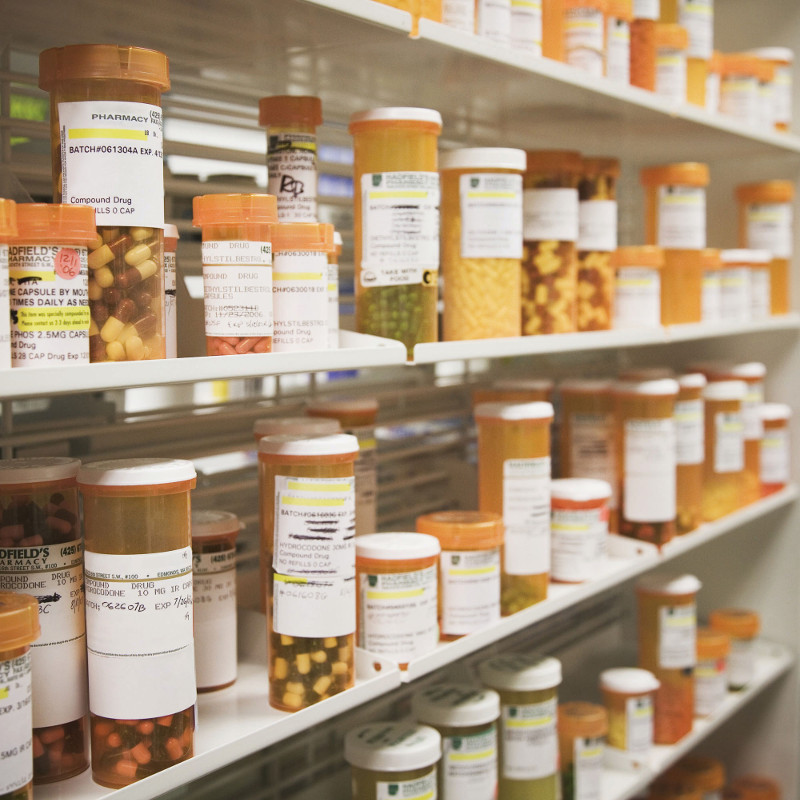WINNING THE BATTLE, LOSING THE WAR
To those who first benefited from its healing powers, penicillin seemed like a wonder drug, a magic bullet. A once-lethal bacterial infection could now be cleared in a matter of days with a course of antibiotic. Today, antibiotics are some of the most commonly prescribed drugs.
Antibiotics are so common, in fact, that many people routinely take them when they catch a cold or the flu. But antibiotics are powerless against these illnesses. That’s because viruses, not bacteria, cause colds and flu. Since viruses are not made of cells-and according to the cell theory are not even considered to be alive-they can’t be killed with an antibiotic.
But that doesn’t stop people from trying. The American College of Physicians estimates that of the more than 130 million courses of antibiotics prescribed in the United States each year, as many as 50% are unnecessary, since they are being used to treat colds and other viral infections. What’s more, many patients who are prescribed antibiotics for bacterial infections use them improperly. Taking only part of a prescribed dose, for example, can spare some harmful bacteria living in the body, and those bacteria that survive are often heartier and more resistant to the antibiotic than the ones that were killed. Such overuse and misuse of antibiotics have led to an epidemic of such antibiotic-resistance, which the Centers for Disease Control and Prevention calls “one of the world’s most pressing public health problems.”

Fleming himself foresaw this very danger. In his own research, he found that whenever too little penicillin was used or when it was used for too short a time, populations of bacteria emerged that were resistant to the antibiotic. Fleming warned that improper use of penicillin among patients could lead to the emergence of virulent strains of bacteria that are resistant to the drug. He was right. In 1945, when penicillin was first introduced to the public, virtually all strains of Staphylococcus aureus were sensitive to it. Today, more than 90% of S. aureus strains are resistant to the antibiotic that once defeated it. (For more on antibiotic-resistant bacteria, see Chapter 14.)
Because of the alarming growth in antibiotic-resistant superbugs, drug companies and researchers are working to develop new antibiotics. One strategy they employ is to tweak the chemical structure of existing antibiotics just enough that a bacterium cannot disable it. Another approach is to look for antibiotics that target other bacterial weaknesses.
But all these efforts would be nothing without the man who gave a moldy petri dish a second glance nearly a century ago. That famous dish now sits in the museum at St. Mary’s Hospital in London. For his pioneering research, Alexander Fleming–along with Oxford researchers Howard Florey and Ernst Chain–won a Nobel prize in 1945.
61